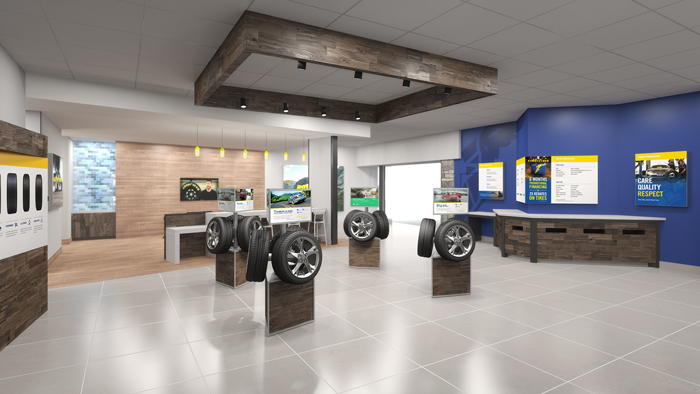Public kiosks and digital signage are essential tools for many businesses and organizations, providing customers with access to important information and services. From retail stores to government offices, public kiosks can be found in a wide range of settings. However, setting up a public kiosk requires careful planning and consideration. In this blog post, we’ll explore the 10 most important considerations when planning kiosk or digital signage projects.
1. Location
The first consideration when planning kiosk or digital signage projects is location. Choosing the right location for your public kiosk is crucial. Consider factors such as foot traffic, accessibility, and visibility. Ideally, your kiosk should be located in a high-traffic area that is easily accessible to customers. It should also be clearly visible, so that customers can easily find and use it.
2. Hardware
The hardware you choose for your kiosk is also important. Consider the size and type of screen, as well as the input method (touchscreen, keyboard, etc.). You’ll also need to choose a computer or other device to power the kiosk, and consider factors such as durability and security.
3. Software
Choosing the right software for your kiosk is also crucial. Consider what type of information or services you’ll be providing, and choose software that is compatible with your hardware and easy to use. You’ll also need to consider security and data privacy, to ensure that customer information is protected. SiteKiosk Online offers best-in-class kiosk and digital signage software solutions to fit any use case. We offer any level of customization your project requires.
4. User Interface
The user interface (UI) of your kiosk is important for usability and customer satisfaction. Make sure your UI is intuitive and easy to use, with clear instructions and prompts. Consider adding visual aids such as icons or graphics to help users navigate the kiosk.
5. Accessibility
Accessibility is also an important consideration when setting up a public kiosk. Make sure your kiosk is accessible to all customers, including those with disabilities. This may involve adding features such as wheelchair access, audio prompts, and large font sizes.
6. Maintenance
Regular maintenance is essential for keeping your kiosk running smoothly. Consider factors such as cleaning, software updates, and hardware repairs. You’ll also need to consider the cost of maintenance and factor it into your budget.
7. Security
Security is a top priority when setting up a public kiosk. Make sure your kiosk is secure, with strong passwords for the SiteKiosk Online admin interface. SiteKiosk Online will clear user data after each session to protect customer data. You may also want to consider physical security measures, such as locks or alarms.
8. Connectivity
Connectivity is important for ensuring that your kiosk can access the internet and other necessary services. Consider factors such as Wi-Fi connectivity, cellular data, and wired connections. You’ll also need to consider the cost of connectivity and factor it into your budget.
9. Marketing
Marketing is an important consideration when setting up a public kiosk. Make sure your kiosk is visible and well-branded, with clear signage and branding elements. You may also want to consider advertising or other marketing efforts to promote your kiosk and attract customers.
10. Analytics
Analytics can provide valuable insights into how your kiosk is being used and how it can be improved. Consider implementing analytics tools to track metrics such as usage, engagement, and customer feedback. This data can help you make informed decisions about how to optimize your kiosk for maximum effectiveness.
In conclusion, setting up a public kiosk requires careful planning and consideration. By taking into account factors such as location, hardware, software, user interface, accessibility, maintenance, security, connectivity, marketing, and analytics, you can create a successful kiosk that provides value to your customers and your business. SiteKiosk Online is free to evaluate fo 30 days. Contact us if you have any questions during your evaluation.

